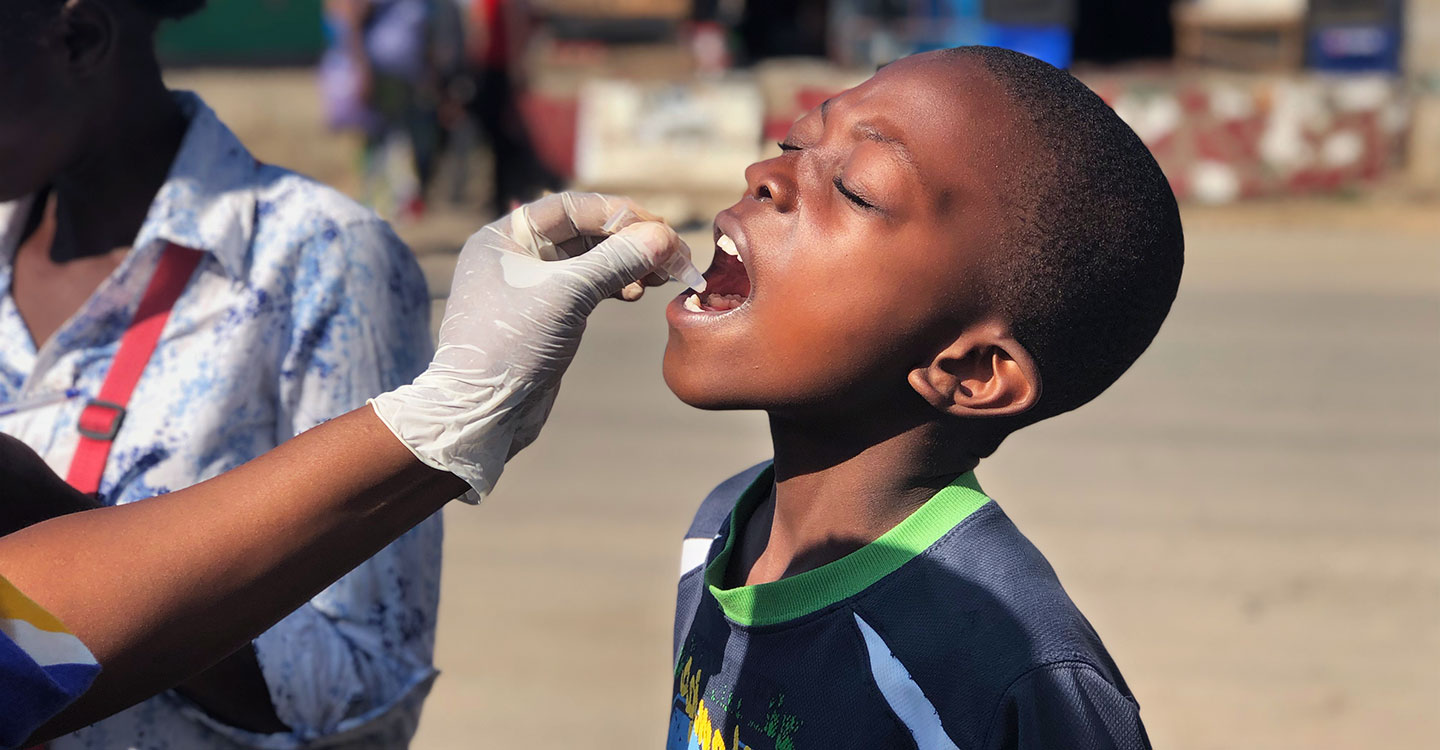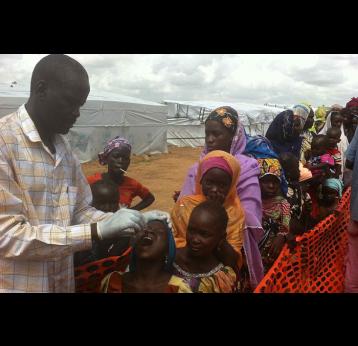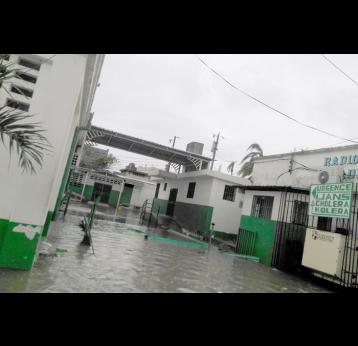Gavi’s impact
More than 35 million oral cholera vaccine doses distributed through the global stockpile
PREVENTING OUTBREAKS
In 2018, more than 17 million doses were shipped with Gavi support, an increase of some 75% from 2017, bringing the total of doses distributed since programme start to over 35 million. 14 countries drew on the stockpile to prevent or control cholera outbreaks in 2018.
This year, vaccination campaigns were often carried out in response to humanitarian crises, such as in Yemen and among the Rohingya refugee population in Bangladesh. For the first time since the outbreak started in 2016, Yemen decided to use OCV to reduce transmission; with Gavi’s support, 3.1 million doses for 1.6 million people were sent to 10 districts.
Since its creation, the stockpile has been accessed 76 times by 23 countries.
REDUCING CHOLERA DEATHS BY 90% BY 2030
The momentum for action against cholera greatly accelerated in 2018, with the World Health Assembly’s adoption of a resolution on cholera prevention and control, aimed at reducing cholera deaths by 90% by 2030. Increasingly, affected countries are developing national multisectoral cholera control plans, including OCV use to prevent outbreaks and protect people while scaling up long-term investment in water, sanitation and hygiene (WASH).
Ongoing supply constraints limit the ability of countries to use OCV and limited supply is prioritised for outbreak response efforts which are often linked to protracted humanitarian emergencies. At times, this has made it more difficult to plan and deliver targeted preventive campaigns using OCV.
GROWING MARKET
Demand for the oral cholera vaccine has increased over the past years. In the 15 years between 1997 and 2012, just 1.5 million doses of cholera vaccine were used worldwide. In 2018 alone, this figure had increased to over 17 million doses.
The issue
Cholera is an acute intestinal infection caused by contaminated food or water.
The disease can quickly lead to severe dehydration and, in its extreme form, can be fatal.
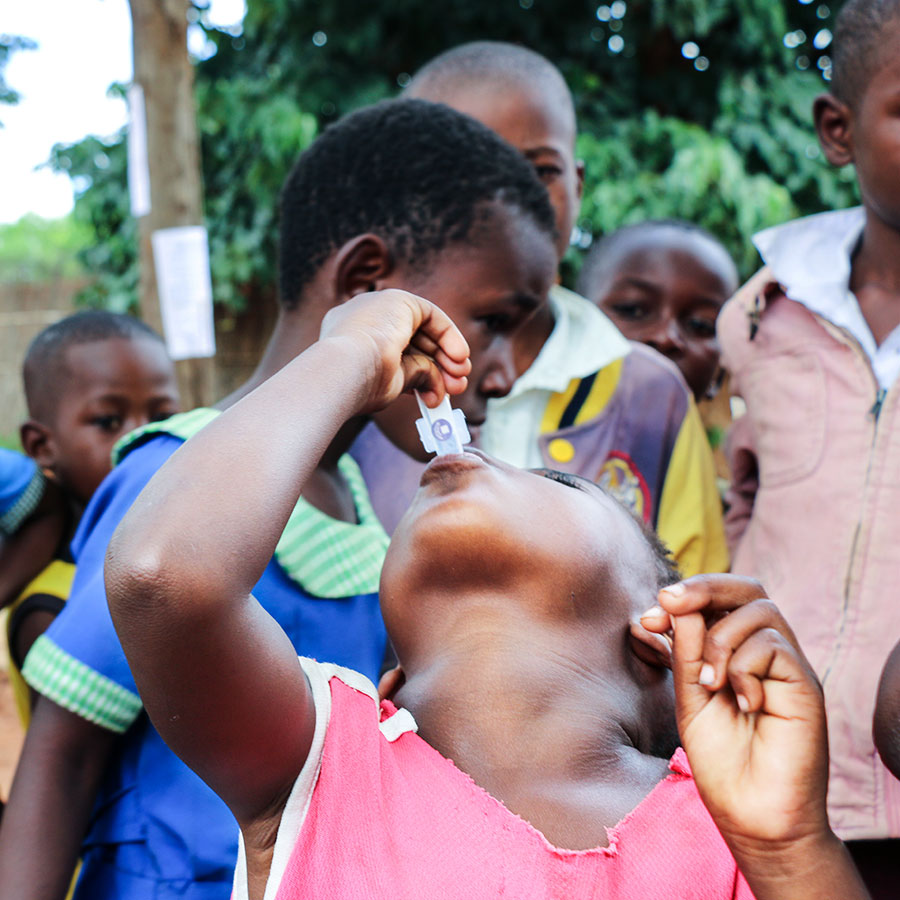
Cholera is an acute intestinal infection caused by contaminated food or water.
The disease can quickly lead to severe dehydration and, in its extreme form, can be fatal.
There are an estimated 1.3 to 4 million cases and 21,000 to 143,000 deaths worldwide due to cholera each year. During 2017,1 227 391 cases were notified from 34 countries, including 5654 deaths1. The discrepancy between these figures and the estimated burden of the disease is because many cases are not recorded due to gaps in surveillance systems.
The disease affects the most vulnerable in urban slums and rural areas, where clean water is not available. Due to the quick progression of the disease, most deaths are among the poorest populations who do not have rapid access to health services.
There are three main situations where cholera thrives:1
- endemic conditions: where the disease is entrenched in communities. This is the case, for example, in regions of the Democratic Republic of Congo and Bangladesh. In Bangladesh there are an estimated 300,000 cases and 4,500 deaths each year.
- sudden outbreaks: where instant vaccination is most effective, such as in Guinea and Malawi.
- during humanitarian crises: such as the 2017 floods and landslides in Sierra Leone and the outbreak among Rohingya refugees in Cox’s Bazar, Bangladesh.
Outbreaks and deaths occur primarily because people cannot access adequate water, sanitation and hygiene (WASH) and treatment, respectively. The majority of cholera cases can be successfully treated with oral rehydration salts. Use of oral cholera vaccines in areas known to be high risk for cholera should supplement core prevention efforts to improve water and sanitation.
1 WHO. Cholera risks high across world, but deadly disease can be controlled. Available at: www.who.int/cholera/publications/6July2015/en/. Accessed on: 15 August 2016. Feasibility and effectiveness of oral cholera vaccine in an urban endemic setting in Bangladesh: a cluster randomised open-label trial. Lancet, 2015. Ali, M, Lopez, AL, You, Y et al. The global burden of cholera. Bull World Health Organ. 2012; 90: 209–218.
Gavi’s response
Gavi has supported the global oral cholera vaccine stockpile since 2014
Oral cholera vaccine stockpile
The global oral cholera vaccine (OCV) stockpile was founded in mid-2013 by five donors.
In 2013, the Gavi Board approved support for the stockpile as part of our Vaccine Investment Strategy. Our contribution of over US$ 110 million for the 2014–2018 period aims to increase access to OCV during emergencies and in countries that regularly experience cholera outbreaks.
Learn more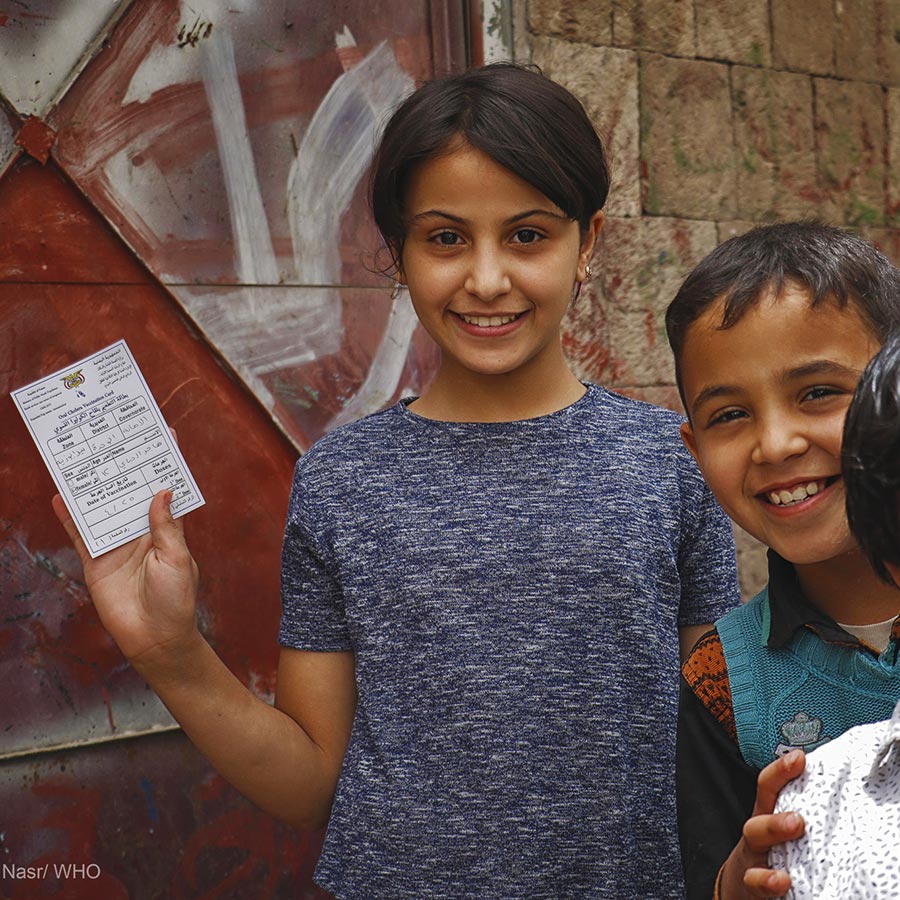
Gavi has supported the global oral cholera vaccine stockpile since 2014
Oral cholera vaccine stockpile
The global oral cholera vaccine (OCV) stockpile was founded in mid-2013 by five donors.
In 2013, the Gavi Board approved support for the stockpile as part of our Vaccine Investment Strategy. Our contribution of over US$ 110 million for the 2014–2018 period aims to increase access to OCV during emergencies and in countries that regularly experience cholera outbreaks.
Learn moreTo-date, the objectives of our investment are:
- Breaking the current cycle of low demand–low supply of oral cholera vaccine;
- Reducing outbreaks in Gavi-supported countries; and
- Strengthening the evidence base for periodic, pre-emptive campaigns.
As the stockpile provided over 17 million vaccine doses in 2018 alone, Gavi recognises that there is continuing demand. Between 2014-2018, country demand to preventively use OCV in high-risk areas has increased and delivery of these campaigns have been feasibly implemented. In 2018, as part of the Vaccine Investment Strategy, Gavi’s Board approved an investment to expand Gavi’s support for preventive OCV use in high-risk areas, while continuing its stockpile support for emergency response. This additional support will become available to Gavi-supported countries at the start of Gavi’s next strategic period in 2021.
The global OCV stockpile is managed by the International Coordinating Group, which includes four Alliance partners: the International Federation of Red Cross and Red Crescent Societies, Médecins Sans Frontières, UNICEF and WHO.
The first Gavi-supported campaign using the global stockpile began in August 2015 in Cameroon. The campaign, run by Médecins Sans Frontières, vaccinated the Minawao and Gawar refugee camps, as well as the nearby villages of Gadala and Gawar.
14 countries accessed the stockpile in 2018.

